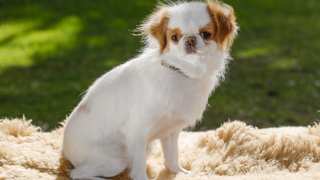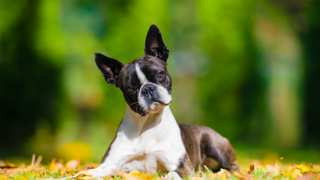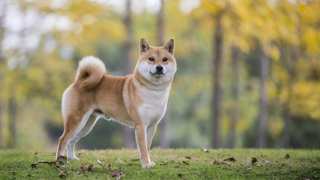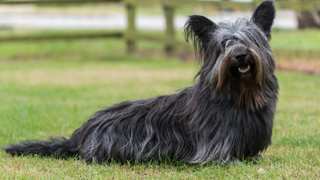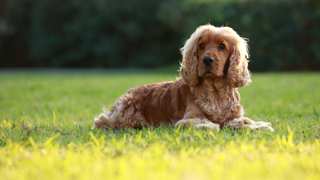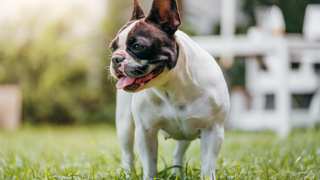Like all breeds, Cavalier King Charles Spaniels need a healthy diet--but more so than most dog breeds, eating high-quality food is important for Cavaliers. Not only are these dogs prone to obesity, but they can easily suffer immune system and digestive disorders, which will occur more frequently if a Cavalier's diet consists only of inexpensive food that contains a lot of additives and carbohydrates. This means that Cavaliers need to be fed dog food that is very high in natural products--but unfortunately that also means it's more expensive. Suffice it to say that Cavalier owners will need to allow more room in their budget for dog food than for that of most breeds.
Opinions are mixed, too, on the best type of food for a Cavalier King Charles Spaniel. Many trusted sites say that feeding dry kibble like Royal Canin to a Cavalier King Charles Spaniel is fine; others believe that all commercial dog food should be avoided entirely, as they contain too many additives and are unsafe for the dog, and insist a Cavalier should only eat raw or home-prepared foods. Still others believe that high-quality wet or canned food is best. So perhaps a moderate approach is most fitting: feeding a Cavalier both high-quality kibble and high-quality wet/canned food, either mixed or separately. Regardless of your preference, an adult Cavalier will need an average of 550 calories (approximately 1.25 cups of food) per day, divided into two meals. Growing puppies and adolescent Cavaliers will actually need as much or more; a nine-month-old Cav weighing 10 pounds, for example, will need almost 1,000 calories (about 2 cups) per day. A quick Cavalier King Charles Spaniel feeding guide:
Cavalier King Charles Spaniel Feeding ChartDog AgeDog WeightFood TypeAmountFrequency2 Months3 lbsDry/Wet0.2 cups3x/day3 Months4 lbsDry/Wet0.3 cups3x/day6 Months7 lbsDry/Wet0.5 cups3x/day9 Months10 lbsDry/Wet1 cup2x/day12 Months12 lbsDry/Wet0.75 cups2x/day15 Months+15 lbsDry/Wet0.6 cups2x/dayThe above-listed measurements are simply guidelines--but make sure not to over-feed a Cavalier. Obesity is a common issue for these dogs, and can lead to respiratory and digestive issues and a shortened lifespan. One reason for Cavaliers' weight problems, breed experts believe, is that owners often "free-feed" their dogs (they leave food in the Cavalier's bowl all day, in other words, allowing the dog to eat whenever it wants)--and before they know it they have a fat Cavalier King Charles Spaniel waddling around. Avoid free-feeding by removing a Cavalier's food dish from the floor after 15-20 minutes.
One basic test to determine whether your Cavalier is overweight is to run a hand along its side--and if you can't feel ribs, it's diet time. Decrease the dog's daily food intake by one-fourth, and add an extra walk or play period to its daily exercise schedule.


